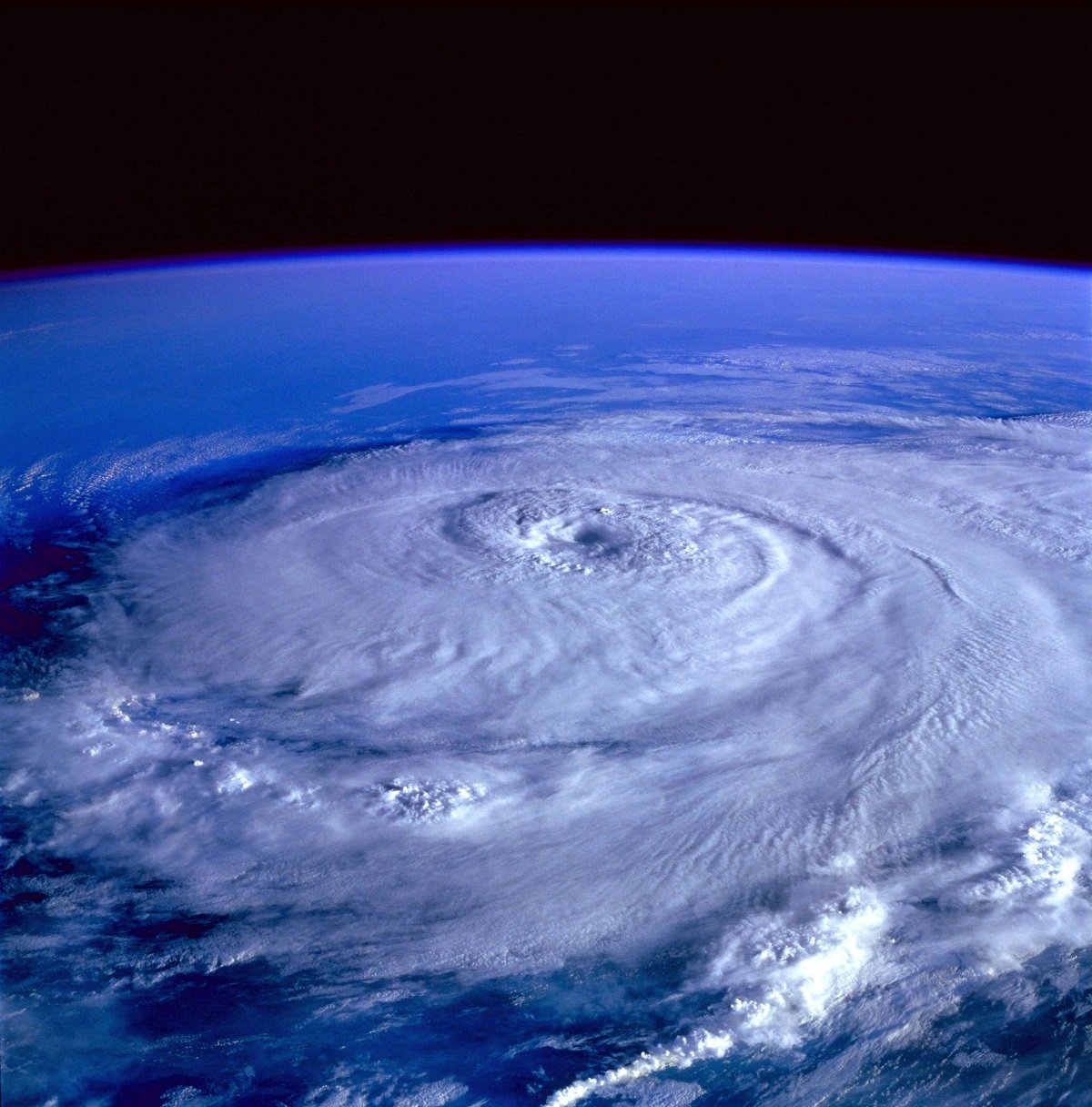
In today’s increasingly unpredictable world, the frequency and intensity of natural disasters, public health emergencies, and climate-driven catastrophes are escalating at an alarming pace. From wildfires blazing across the western United States to hurricanes devastating the Gulf Coast and unprecedented flooding in inland communities, the need for a robust and well-coordinated disaster response system has never been more vital.
At the heart of the United States’ federal disaster response infrastructure is the Federal Emergency Management Agency (FEMA) a government organization tasked with coordinating the nation’s response to a wide range of emergencies. Over the decades, FEMA has evolved from a modest agency into a sophisticated institution with extensive authority and responsibility. This article explores the pivotal role FEMA plays in modern disasters, examining its history, structure, capabilities, successes, criticisms, and the future of emergency management in America.
The Origins of FEMA

FEMA was created in 1979 by an executive order signed by President Jimmy Carter. The agency was born out of a need to consolidate multiple fragmented federal disaster response programs under one unified entity. Prior to FEMA’s establishment, disaster response was managed by various agencies, including the Department of Housing and Urban Development (HUD), the Department of Defense, and the General Services Administration. This led to a disjointed and often inefficient approach to handling disasters. FEMA’s founding goal was to centralize these responsibilities and streamline disaster response and recovery efforts under one umbrella.
Initially, FEMA focused primarily on nuclear preparedness during the Cold War era. However, its mandate quickly expanded to encompass all types of emergencies, including natural disasters like hurricanes, floods, tornadoes, and earthquakes. Over the decades, FEMA’s mission has continued to grow, particularly after major events such as Hurricane Katrina and the September 11 attacks, prompting significant reforms and the integration of FEMA into the Department of Homeland Security (DHS) in 2003.
FEMA’s Mission and Mandate
FEMA’s official mission is “to help people before, during and after disasters.” This broad mandate includes preparedness planning, mitigation efforts, emergency response coordination, and long-term recovery support. FEMA works in partnership with state, local, tribal, and territorial governments (SLTTs), private sector entities, and nonprofit organizations to ensure a coordinated and effective disaster management strategy.
Coordinating Federal Response: FEMA acts as the lead agency in managing federal assistance when a state governor or tribal leader requests federal disaster relief.
Administering the National Flood Insurance Program (NFIP): FEMA provides flood insurance to millions of American property owners, helping them recover from flood damage.
Operating the Emergency Management Institute (EMI): FEMA provides training and education to emergency management professionals across the country.
Supporting Disaster Recovery Centers (DRCs): These centers serve as physical locations where affected individuals can apply for aid, get information, and receive services.
Maintaining the Federal Response Framework: FEMA is the steward of the National Response Framework (NRF) and National Incident Management System (NIMS), which are essential blueprints for organizing disaster response across all levels of government.
FEMA’s Response to Natural Disasters
Natural disasters are the most common type of emergencies FEMA handles, and the agency’s effectiveness is often judged by how well it responds to them. From hurricanes and wildfires to earthquakes and winter storms, FEMA’s role begins well before the disaster strikes.
Preparedness and Pre-Positioning
FEMA works with state and local governments to develop Preparedness Plans, conduct drills, and fund public education campaigns. It also pre-positions personnel, supplies, and equipment in anticipation of disasters, especially during hurricane season or wildfire-prone periods.
Disaster Declarations
When a disaster overwhelms a local or state government’s ability to respond, the governor may request a Presidential Disaster Declaration. Once granted, FEMA activates resources, releases funds, and coordinates federal response efforts with state and local agencies.
Search and Rescue
FEMA’s Urban Search and Rescue (USAR) teams are often among the first federal boots on the ground. These elite teams include firefighters, engineers, medical personnel, and canine units trained to locate and save lives in collapsed buildings or flooded areas.
Immediate Relief and Housing
FEMA provides temporary housing assistance, disaster unemployment assistance, food and water distribution, and emergency shelter operations. The agency also works with the American Red Cross, Salvation Army, and other partners to deliver aid to victims.
Long-Term Recovery
After the initial emergency response, FEMA shifts focus to recovery. This includes funding infrastructure repairs, restoring utilities, assisting small businesses, and rebuilding schools and hospitals through programs like Public Assistance (PA) and Individual Assistance (IA).
Case Studies
Hurricane Katrina (2005)
Hurricane Katrina was one of FEMA’s most infamous disasters due to its widely criticized response. While FEMA deployed thousands of personnel and resources, systemic failures in communication, coordination, and logistics led to widespread suffering in New Orleans and surrounding areas. This prompted a major overhaul of FEMA’s policies and disaster response strategies.
Superstorm Sandy (2012)
In contrast, FEMA’s response to Hurricane Sandy showed marked improvement. The agency pre-positioned supplies, used technology to streamline individual assistance applications, and worked closely with state governments. The lessons learned from Katrina were applied to improve coordination and effectiveness.
COVID-19 Pandemic (2020–2021)
Although traditionally focused on natural disasters, FEMA was central in the federal response to the COVID-19 pandemic. The agency coordinated the delivery of personal protective equipment (PPE), managed field hospitals, assisted with vaccine distribution, and utilized its logistics and procurement experience to support health services nationwide.
FEMA’s Funding Mechanism
FEMA’s activities are funded through the Disaster Relief Fund (DRF), a congressionally appropriated pool of money that covers disaster declarations and emergency management costs. In catastrophic events, additional supplemental appropriations may be requested. However, reliance on discretionary funding can result in budget constraints during years with multiple large-scale disasters.
To mitigate future costs, FEMA also invests in mitigation efforts through programs like the Hazard Mitigation Grant Program (HMGP) and Building Resilient Infrastructure and Communities (BRIC), which provide funding to states and localities for projects that reduce future disaster damage.
Technology and Innovation in Modern FEMA Operations
In recent years, FEMA has increasingly relied on technology to improve efficiency, coordination, and communication during disasters. Some of its most noteworthy innovations include:
Geospatial Mapping Tools: FEMA uses GIS and satellite imagery to assess damage, identify vulnerable populations, and direct resources more accurately.
Disaster Recovery Centers Online: Virtual DRCs now allow survivors to apply for assistance online, removing barriers for those who cannot travel.
Mobile Emergency Alert System (WEA): In partnership with the FCC, FEMA sends emergency notifications to cell phones, including evacuation alerts, severe weather warnings, and public safety announcements.
Crowdsourced Damage Reporting: FEMA sometimes uses data submitted by the public through mobile apps and social media to assess damage and target response efforts.
FEMA’s Coordination with Other Agencies
FEMA does not operate in isolation. It functions as a central hub that coordinates federal resources across various departments, such as:
Department of Defense (DoD): Provides logistics support, airlift capabilities, and personnel during major emergencies.
U.S. Army Corps of Engineers: Assists with debris removal, emergency power generation, and infrastructure repairs.
Centers for Disease Control and Prevention (CDC): Partners with FEMA during public health emergencies to manage disease outbreaks and vaccinations.
Environmental Protection Agency (EPA): Ensures environmental safety during disaster cleanup operations.
Criticisms and Challenges
Despite its critical role, FEMA is not without its criticisms. Challenges the agency continues to face include:
Slow Aid Distribution: Bureaucratic hurdles and outdated systems have sometimes delayed financial aid to disaster victims.
Equity Concerns: FEMA’s response has at times disproportionately favored wealthier communities, leaving vulnerable populations underserved.
Climate Change Preparedness: With disasters becoming more frequent and intense due to climate change, critics argue FEMA is not doing enough to build long-term resilience in at-risk areas.
Staffing and Training Gaps: Some disasters have exposed weaknesses in FEMA’s staffing, particularly in terms of deploying enough experienced personnel to large-scale events.
The Future of FEMA and Disaster Management
The future of disaster management hinges on resilience, innovation, and equity. FEMA is increasingly shifting its focus from reactive response to proactive risk reduction. Programs that fund resilient infrastructure, enforce better building codes, and educate the public on disaster preparedness are becoming more central to FEMA’s strategy.
Additionally, FEMA is working on integrating climate science into its planning and funding mechanisms. This means updating flood maps, reassessing risk zones, and using predictive models to forecast the impact of future disasters.
Another significant development is FEMA’s commitment to social equity. The agency’s 2022–2026 Strategic Plan emphasizes the need to address systemic inequities in disaster response and ensure all communities, regardless of race, income, or geography, have equal access to support.


